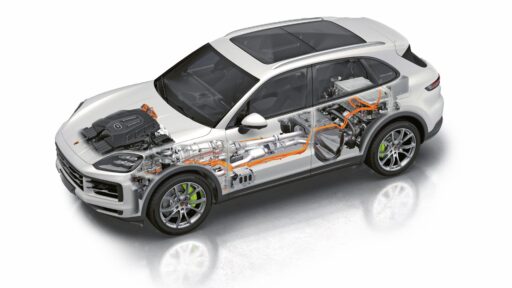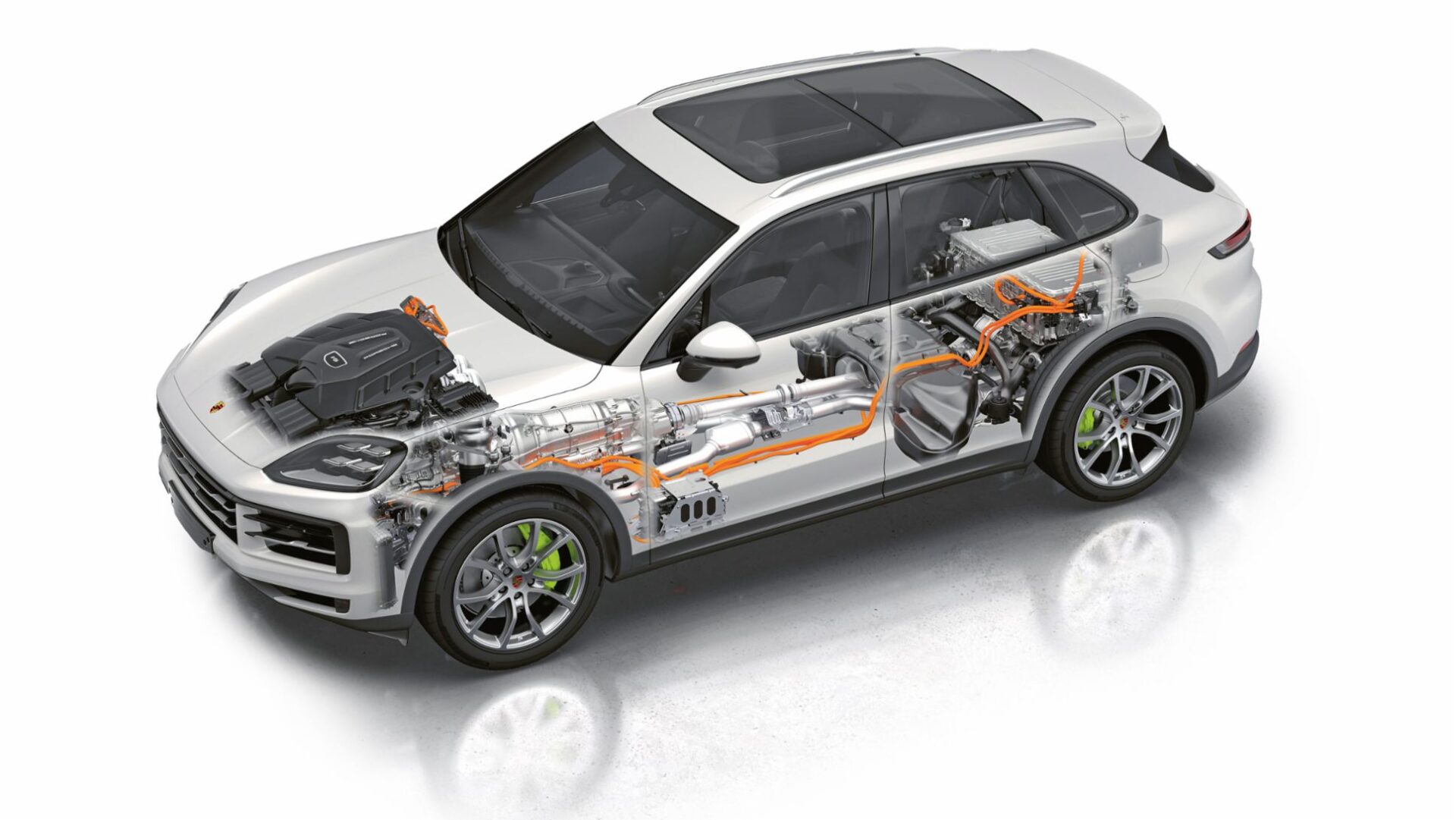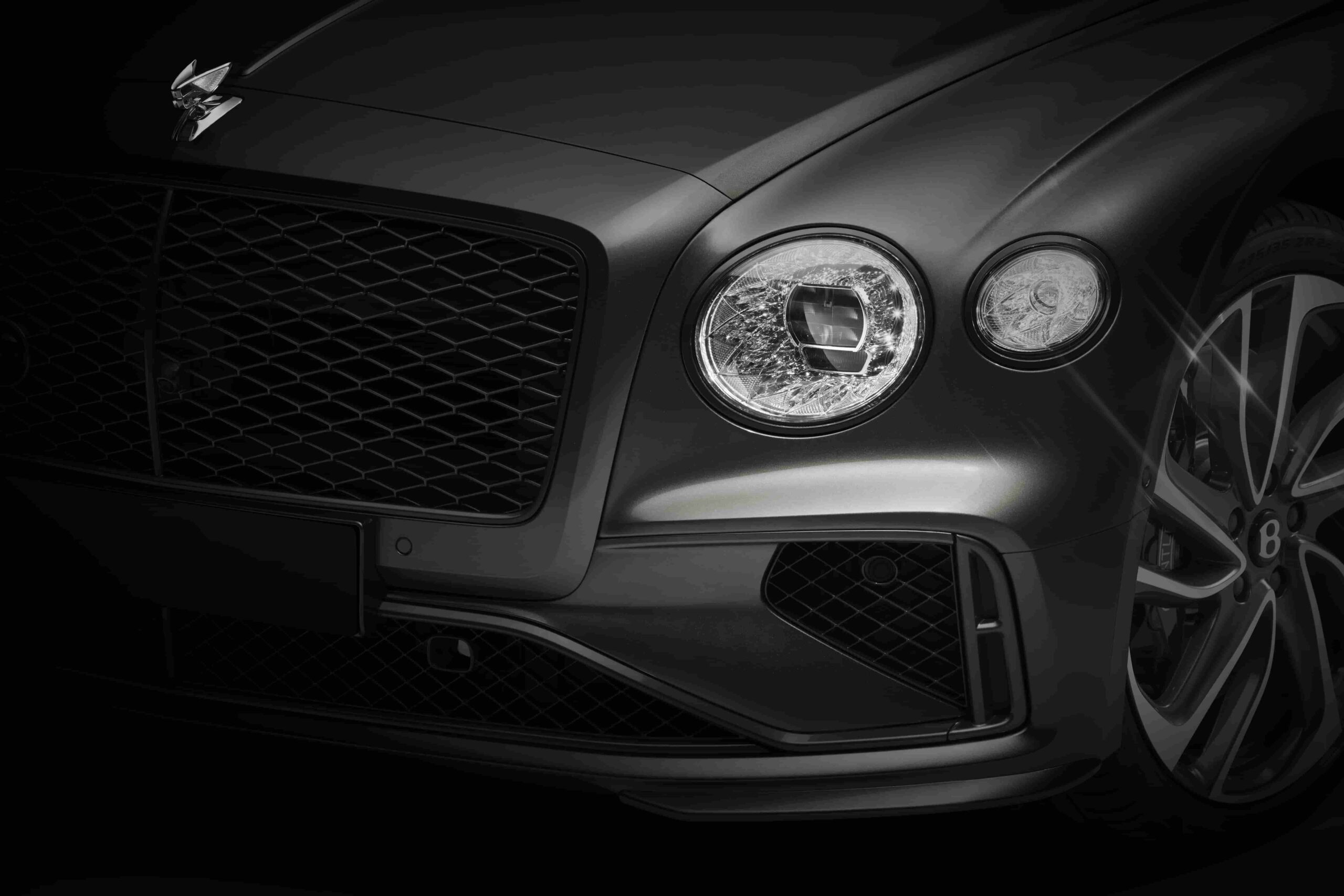Porsche Engineering has played a crucial role in enhancing the new Porsche Cayenne, focusing on the seamless integration of hardware and software to deliver a characteristic Porsche driving experience. This collaboration has resulted in significant advancements in the propulsion system and chassis, highlighting the importance of software in modern vehicles.
Software has become a decisive factor in vehicle performance, enabling new functions and contributing significantly to value creation. The customer experience, however, depends not only on software development but also on the harmonious integration of software with vehicle hardware. This is particularly critical in the propulsion system and chassis, which heavily influence driving dynamics. To address this, Porsche Engineering established the ‘Drive System’ division, bringing together hardware and software experts to develop and integrate comprehensive systems.
READ MORE: MotorTrend’s First Car of the Year: Triumph or Misstep?
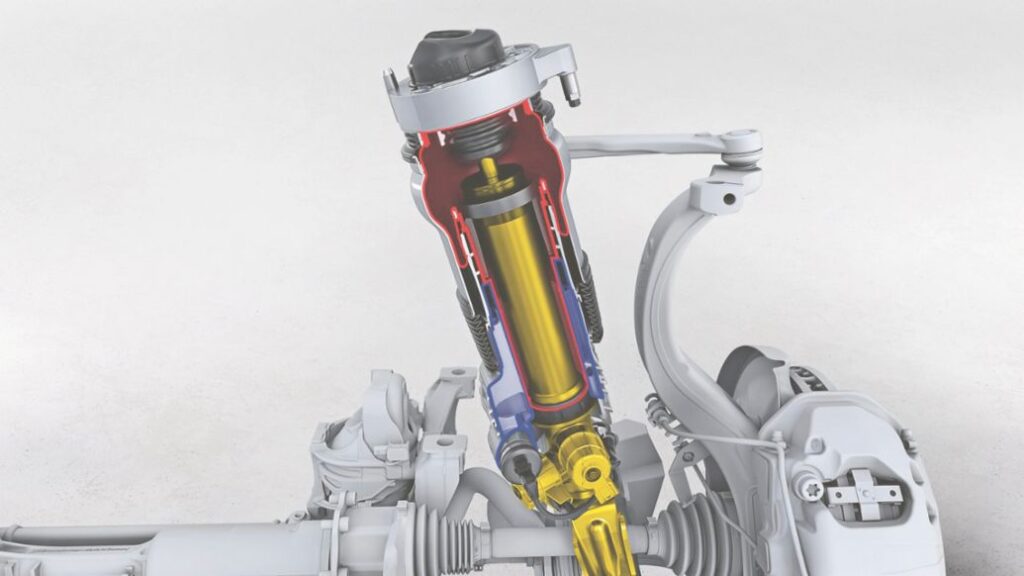
Focus on System Integration
System integration is central to Porsche Engineering’s approach, involving the implementation of code in Electronic Control Units (ECUs) and the calibration and validation of new functions. The development of the Porsche Cayenne’s propulsion system and chassis underscores this focus. The Cayenne’s driving comfort and sportiness are achieved through innovations such as active anti-roll stabilization, where software and hardware integration play a pivotal role.
One standout example of successful integration is the innovative 2-valve damper system. This new hardware, developed by Porsche Engineering and a supplier, required extensive software modifications. These dampers enable a broader range of driving dynamics, balancing sportiness and comfort. The integration of this system necessitated changes to the controller components and new interfaces to the basic software.
Cooperation with Cariad
Porsche Engineering coordinated the development of the new basic software and functional software for the Cayenne, collaborating closely with Porsche and the software company Cariad. The complexity of the new 2-chamber air spring/2-valve damper system required additional functions and extensive testing through hardware-in-the-loop (HiL) and software-in-the-loop (SiL) methods. These early-stage virtual tests allowed developers to implement optimizations before hardware was available, ensuring efficient fine-tuning later in the process.
Michael Becker, Cayenne Chassis Project Manager at Porsche AG, emphasized the importance of these methods, noting their necessity in managing the increasing complexity of vehicle systems.
Brake System Innovations
The integration of hardware and software also extends to the Cayenne’s brake system. The goal was to create an imperceptible transition between hydraulic friction braking and recuperative braking, enhancing pedal feel and efficiency. The recuperation function optimizes energy usage, increasing the electric range of the vehicle. Porsche Engineering handled the calibration and testing of these functions, ensuring seamless integration within the control unit system.
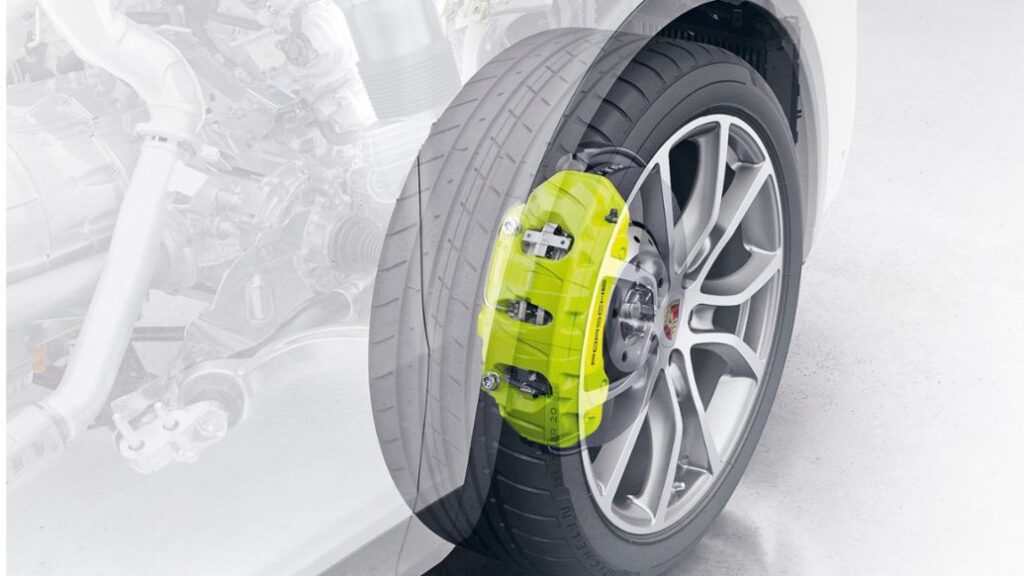
Pulse Inverter Enhancements
Porsche Engineering also contributed to the development of the pulse inverter, a critical component in the transition from combustion engines to electric motors. The new pulse inverter features a variable switching frequency and different modulation methods, enhancing vehicle performance and efficiency. Intelligent control via software increased motor power output by ten percent while managing noise through innovative sound composition techniques.
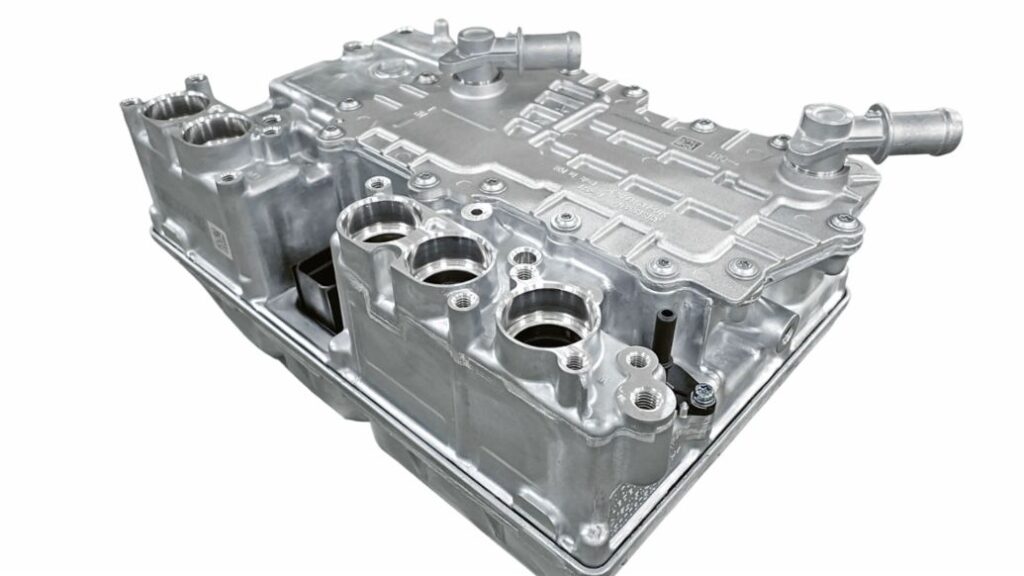
The pulse inverter is used across various VW Group vehicles, demonstrating successful system integration across different brands and platforms. This standardization simplifies future updates and reduces maintenance efforts.
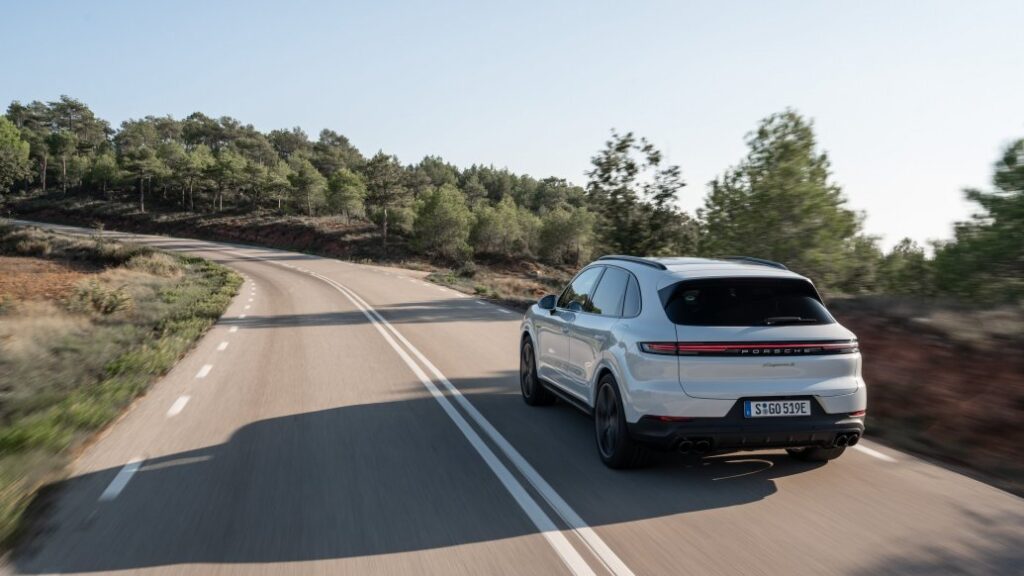
Conclusion
The Porsche Cayenne project exemplifies the importance of systematic system integration. The collaboration between Porsche Engineering and Porsche, supported by advanced simulation and testing methods, has resulted in a vehicle that meets high performance and comfort standards. The integration of innovative hardware and custom software has ensured the new Cayenne delivers an unparalleled driving experience, maintaining Porsche’s legacy of excellence.
Source: Optimized System Integration in the Porsche Cayenne
Subscribe today for the freshest car news delivered to your inbox
